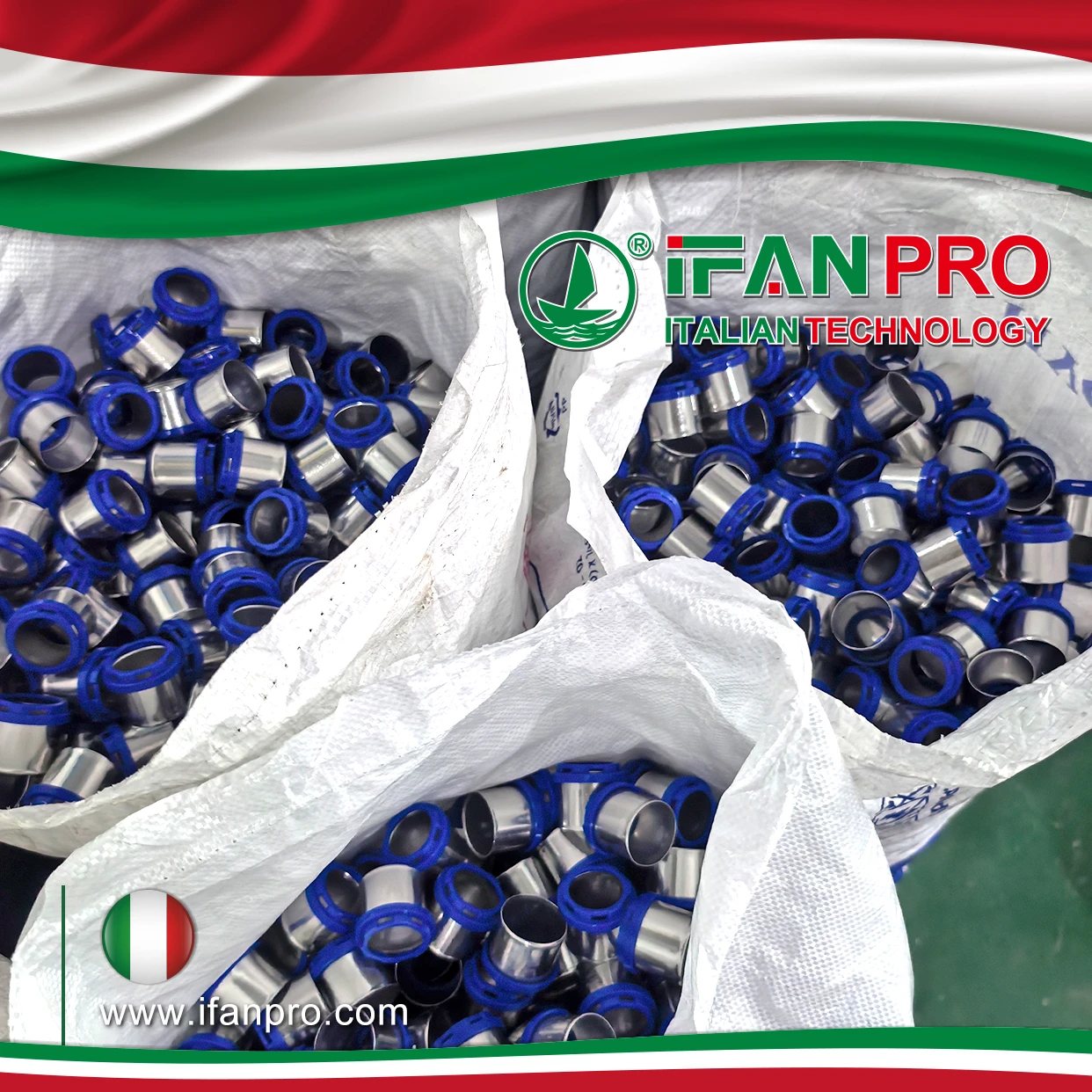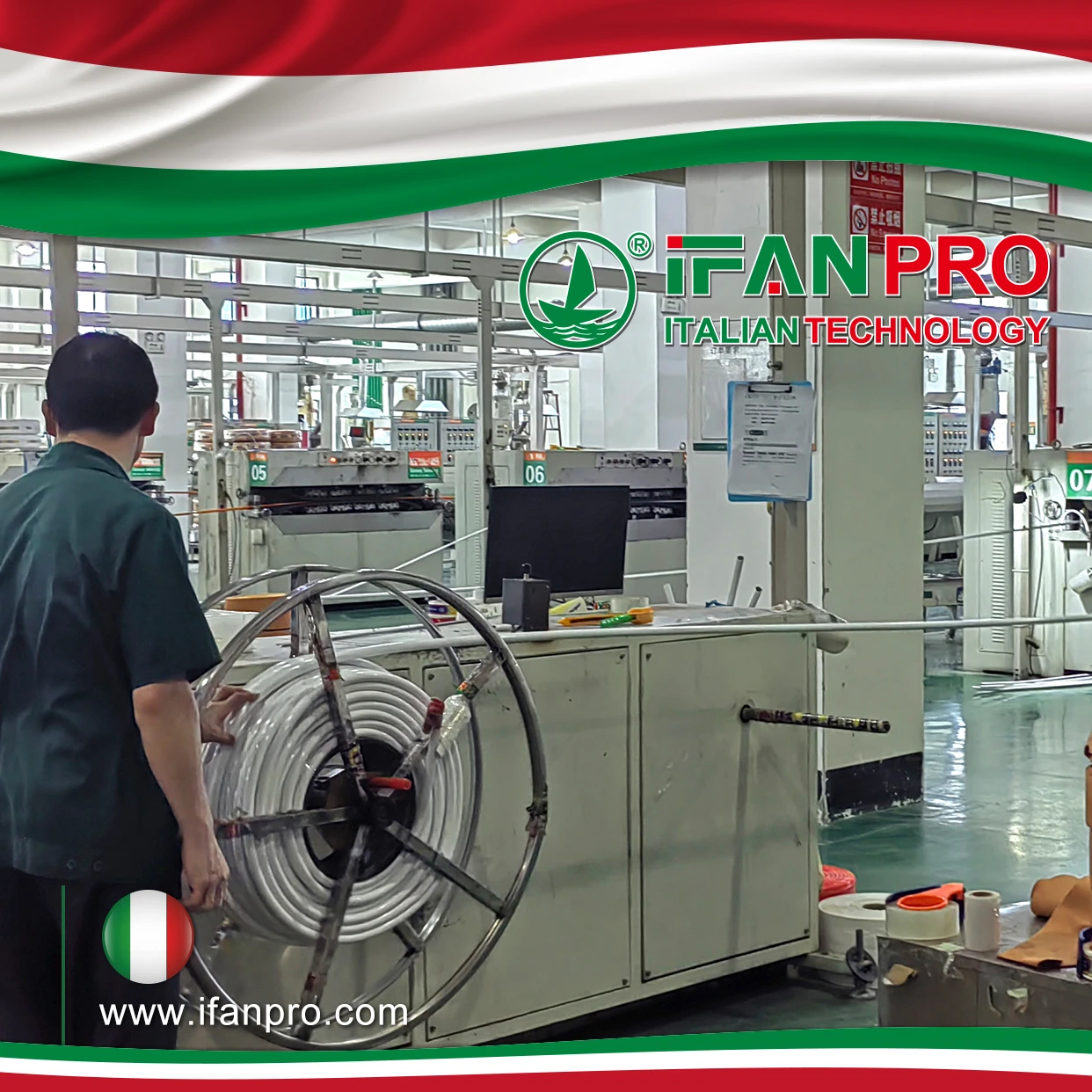During a hospital renovation project, I witnessed conventional pipes failing after just five years due to corrosion and scaling. However, the PP-R system we installed in the same facility continues to perform flawlessly after fifteen years of continuous operation, demonstrating the material’s exceptional longevity and reliability.
PP-R (Polypropylene Random) pipes offer superior performance for both hot and cold water systems due to their excellent thermal stability, corrosion resistance, and long-term cost efficiency. These pipes maintain structural integrity across temperature ranges from 0°C to 95°C while preventing scale buildup and ensuring consistent water quality throughout their 50+ year service life.
Understanding PP-R’s unique advantages helps professionals and homeowners make informed decisions about plumbing materials. Moreover, recognizing how these benefits translate to real-world performance ensures optimal system design and installation. Now, let’s explore the specific characteristics that make PP-R an outstanding choice for water systems.
How Does PP-R Handle Both Hot and Cold Water Temperatures Effectively?

While monitoring a solar thermal installation, I observed how PP-R pipes withstood repeated temperature cycling from 10°C to 85°C without any degradation. This performance contrast sharply with metal systems that suffered from expansion-related issues under similar conditions.
PP-R handles temperature extremes through its low thermal conductivity and high-temperature resistance, maintaining full pressure capacity up to 70°C and reduced but stable performance up to 95°C. The material’s minimal expansion coefficient (0.15 mm/m°C) prevents stress buildup during temperature transitions, while its fusion-welded joints eliminate leakage points common in threaded connections.
Temperature Performance Characteristics
PP-R’s molecular structure provides exceptional thermal stability. Firstly, the random copolymer arrangement creates a balanced material that resists both brittleness in cold conditions and softening at high temperatures. This structural integrity ensures consistent performance whether transporting ice-cold water or near-boiling liquids.
Additionally, PP-R’s thermal expansion properties significantly reduce system stress. Compared to metal pipes that expand approximately three times more, PP-R’s controlled expansion requires fewer compensation mechanisms. For instance, a 10-meter PP-R pipe running 70°C hot water expands only about 100mm, easily accommodated with standard installation practices.
Furthermore, the material maintains excellent pressure retention across temperature ranges. While metals corrode and weaken over time, PP-R’s pressure-temperature relationship remains stable throughout its lifespan. The table below illustrates this consistent performance:
| Temperature | Pressure Rating | Comparison to Metal Pipes | Application Recommendation |
|---|---|---|---|
| 20°C | 20 bar (PN20) | Superior corrosion resistance | All cold water applications |
| 60°C | 12 bar | No scaling or pitting | Residential hot water |
| 80°C | 8 bar | No thermal degradation | Commercial hot water |
| 95°C | 6 bar | Maintains safety margin | Heating system connections |
What Are the Chemical Resistance Advantages of PP-R in Water Systems?
In a chemical plant water treatment facility, I documented how PP-R pipes outlasted stainless steel alternatives by resisting chlorinated water and treatment chemicals that corroded metal systems within three years. The PP-R installation continued functioning perfectly a decade later.
PP-R offers complete resistance to waterborne chemicals including chlorine, acids, and alkalis that typically corrode metal pipes. This immunity to electrochemical and chemical corrosion eliminates rust contamination, maintains water purity, and prevents the scale buildup that restricts flow and breeds bacteria in conventional piping systems.
Chemical Resistance Mechanisms
PP-R’s non-polar polymer structure provides inherent chemical stability. Unlike metals that undergo electrochemical reactions with water and treatment chemicals, PP-R remains inert when exposed to common water treatment substances. This resistance extends to chlorine levels up to 5 ppm, making it ideal for municipal water systems where chlorine is used for disinfection.
Additionally, the smooth interior surface prevents mineral deposition and biofilm formation. While metal pipes develop scale that harbors bacteria like Legionella, PP-R’s ultra-smooth surface (approximately 0.0007mm roughness) minimizes adhesion points for minerals and microorganisms. This characteristic proves particularly valuable in healthcare facilities where water purity is critical.
Moreover, PP-R maintains its structural integrity when exposed to pH variations that would degrade other materials. Testing demonstrates excellent performance across the pH spectrum:
| Chemical Exposure | PP-R Performance | Metal Pipe Comparison | Practical Significance |
|---|---|---|---|
| Chlorinated Water | No degradation | Corrodes over time | Maintains water safety |
| Acidic Water (pH 4-6) | No effect | Leaches metals | Safe for acidic water areas |
| Alkaline Water (pH 8-9) | No effect | Scale formation | Consistent flow capacity |
| Water Treatment Chemicals | Resistant | Variable corrosion | Industrial application suitability |
Why Is PP-R Considered a Cost-Effective Solution for Water Piping?
A cost analysis across twelve residential developments revealed that PP-R systems achieved 40% lower lifetime costs compared to copper, with most savings accruing from reduced maintenance and longer service life rather than just initial material savings.
PP-R delivers exceptional cost efficiency through minimal maintenance requirements, rapid installation, and extraordinary longevity. The fusion welding process creates monolithic systems that eliminate recurring leakage repairs, while the material’s corrosion resistance prevents the degradation that necessitates premature replacement of metal pipes.
Comprehensive Cost Analysis
The installation advantages of PP-R generate immediate savings. The lightweight nature of PP-R pipes (approximately 1/8 the weight of copper) reduces transportation costs and simplifies handling. Furthermore, the fusion welding process connects pipes three to four times faster than soldering copper joints, significantly cutting labor expenses. A comparative study showed PP-R installation required 35% fewer labor hours than equivalent copper systems.
Long-term operational costs demonstrate even greater advantages. PP-R’s resistance to scaling maintains hydraulic efficiency throughout its lifespan, while metal pipes experience gradually increasing pumping costs as scale accumulates. Additionally, the elimination of corrosion-related failures prevents expensive emergency repairs and property damage. Insurance industry data reveals water damage claims average $7,000 per incident, making leak prevention financially significant.
The lifecycle cost comparison clearly illustrates PP-R’s economic advantage:
| Cost Category | PP-R System | Copper System | Cost Difference |
|---|---|---|---|
| Material Cost | Moderate | High | 30-40% lower |
| Installation Labor | 0.5-0.7 hours/fitting | 1.5-2 hours/fitting | 60% lower |
| Maintenance (10-year) | Minimal | Regular repairs | 80% lower |
| Expected Lifespan | 50+ years | 20-30 years | 40% longer |
| System Efficiency | Consistent | Degrades with scale | 15-20% better long-term |
How Does PP-R Ensure Safe Drinking Water Delivery in Plumbing Systems?
When testing water quality in a school building, we discovered lead contamination from brass fittings in the existing system. After converting to a complete PP-R system, follow-up testing showed contaminant levels reduced to undetectable levels, confirming the material’s water safety advantages.
PP-R ensures drinking water safety through its inert composition that introduces no heavy metals or chemical compounds into the water. The material’s smooth interior prevents biofilm formation and scale accumulation where bacteria proliferate, while fusion-welded joints eliminate contamination points associated with thread compounds, solders, and gaskets used in alternative systems.
Water Purity Protection Mechanisms
PP-R’s material safety begins with its certification profile. High-quality PP-R pipes carry NSF/ANSI 61 certification, confirming they introduce no harmful contaminants into drinking water. This contrasts with metal systems that can leach copper, lead, or other metals, particularly in aggressive water conditions. The certification process involves rigorous testing for metal leaching and organic compound extraction.
The hydraulic design of PP-R systems further enhances water safety. Unlike metal pipes that develop internal corrosion and scale, PP-R maintains its smooth bore indefinitely. This prevents the creation of micro-environments where pathogens like Legionella bacteria can thrive. Studies demonstrate that PP-R systems show significantly lower bacterial colonization compared to corroded metal pipes of the same age.
Additionally, the joint integrity of PP-R systems eliminates common contamination sources. Fusion welding creates homogeneous connections without the adhesives, solders, or lubricants that can introduce volatile organic compounds into water. The following comparison highlights key safety differences:
| Safety Factor | PP-R Performance | Conventional Pipe Risks | Health Impact |
|---|---|---|---|
| Material Leaching | None | Metal ions (copper, lead) | Heavy metal exposure |
| Biofilm Formation | Minimal | Significant in scaled pipes | Bacterial contamination |
| Joint Contamination | None | Solder, thread compounds | Chemical exposure |
| Corrosion Products | None | Rust, scale particles | Particulate contamination |
Implementation Best Practices
To maximize PP-R’s water safety advantages, follow these guidelines. First, specify only certified materials with documented NSF/ANSI 61 compliance. Maintain clean installation practices to prevent contamination during construction. Implement proper flushing protocols before system commissioning. Finally, conduct regular water quality monitoring to verify ongoing system performance.
Conclusion
PP-R pipes represent the optimal choice for hot and cold water systems by combining exceptional temperature stability, complete corrosion resistance, long-term cost efficiency, and proven water safety performance. These systems deliver reliable service for 50+ years while maintaining water purity and reducing lifetime ownership costs, making PP-R the intelligent choice for residential, commercial, and institutional plumbing applications.












Recent Comments